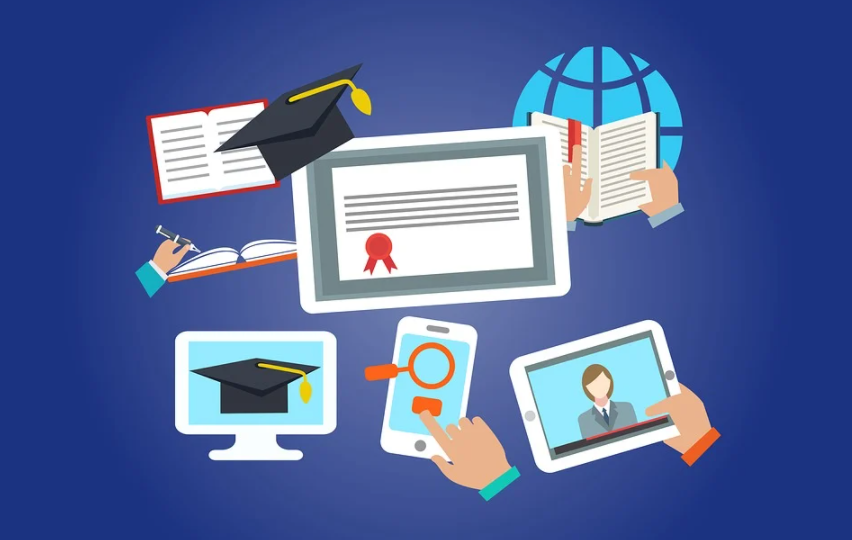The concept of E-Learning is not new to business organizations ,colleges ,universities and individuals. However, the COVID-19 focus has increased organizations’ need to use technology operating systems to drive learning initiatives .What is E-Learning? Put merely, E-Learning means learning (education or training) through the use of digital resources, such as computers, the Internet, software applications, and mobile devices. E-Learning is essentially E-Learning and is delivered through a computer. The importance of E-Learning differs in different sectors and for different people. In business, for example, it refers to the strategies that a corporate network uses to train its employees. In many universities, the term refers to a special method of providing the course or program content to online students. Many higher education systems now offer E-Learning to their students. Online education is developing rapidly in the education system and is widely used in many universities and many fields of research.
The advantages of E-Learning
Flexibility: Students had to regularly go to college or university with a planned curriculum that must be completed over time in the traditional classroom. Simultaneously, the E-Learning method gives you the flexibility to learn with your timeline anytime, anywhere.
Fast learning: students can learn at their own pace and interest. You don’t have to try to match another student’s speed and speed. You can summarize your resume as fast or slow as you want. The program is available online and gives you access anytime, anywhere, so students don’t have to worry about staying in the studio. You can do this anytime, anytime.
Better memorization and understanding: in online courses, the learning process takes place through presentations, images and videos. It is known that visual content is more comfortable to record from human memory than verbal and textual content. It helps to understand problems better, and Cost improves the student’s ability to remember and understand.
Instant feedback and results: Traditional learning takes time to review versions and post results. During E-Learning, the tests are performed through online tests. This reduces the time required to produce results and makes students more attractive because they do not have to face the teacher when they graduate.
Cost-effective: The Internet will undoubtedly reduce the Cost of paper, books, notebooks, folders, pens, and other fixed products. It also reduces travel costs to college or the learning center. Therefore, E-Learning is a cheap method of learning.
Ease of updating: It is very easy for instructors to update notes and other lectures online, and it is challenging to make changes to published books in a short time.
Technical and internet knowledge: regular internet access will familiarize students with equipment. It brings the ability to use the Internet and information technology.
E-Learning is growing rapidly and is often associated with the Internet. However, there are other learning methods that are growing significantly. For example, m-learning is a fast-growing innovation that has the advantage that students “move” while learning. In other words, multi-tasking, such as jogging or listening to recorded lectures while driving.
As technology becomes more accessible and accessible, educational opportunities will expand even further. For those looking for flexibility due to family and work commitments, E-Learning and learning can be considered. It is also an option for organizations and institutions that want to train employees without the productivity, time, costs, and hiring of a consultant.








